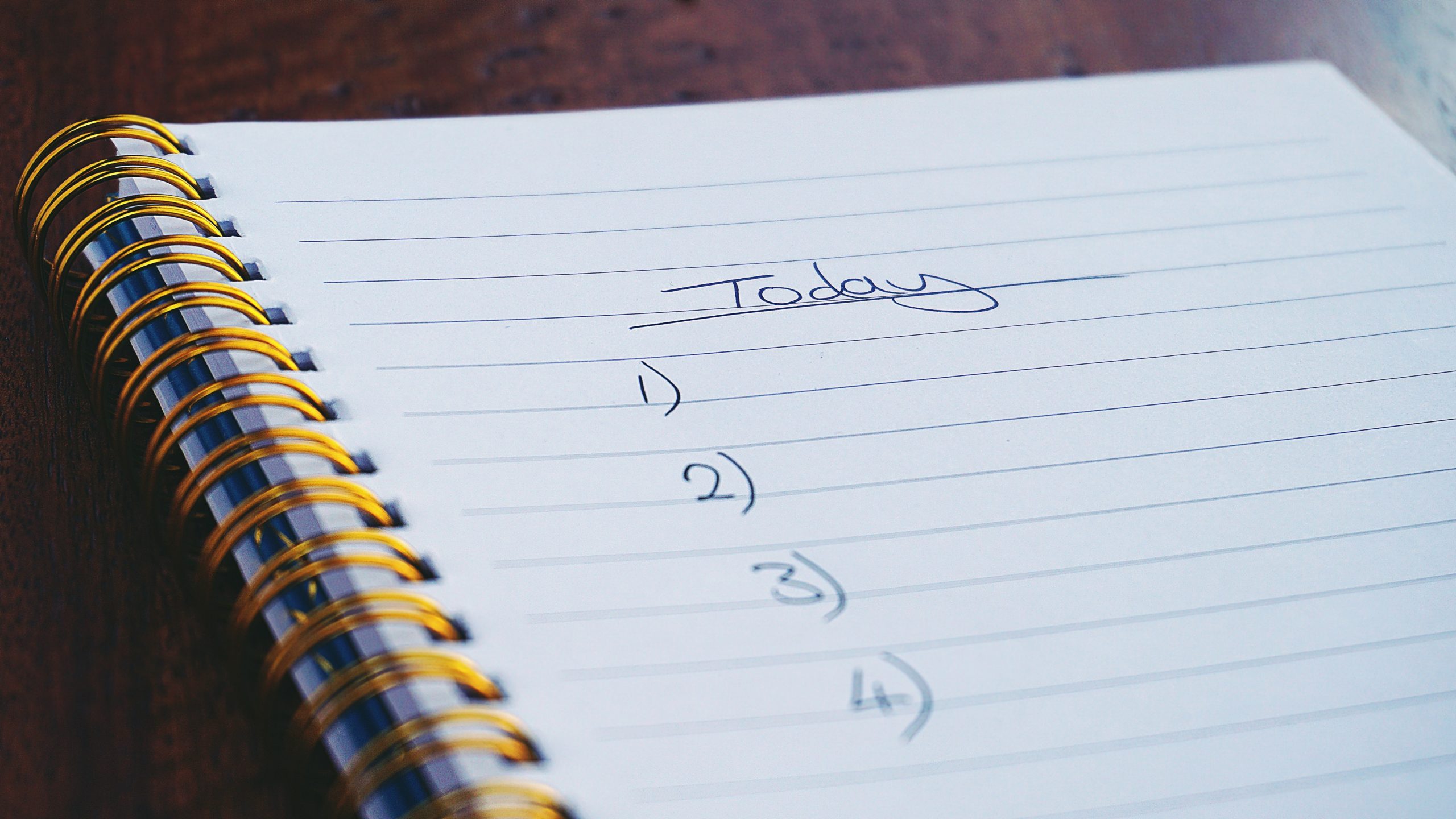
27 Dec From Platitudes to Pragmatism
I often don’t know what I’m going to write to you these Monday mornings until I sit down at my computer and start typing. I try to wake up with an idea, but inspiration isn’t always at my bedside.
I suppose it might be if I “knew where to look” and yadda yadda but honestly, it feels like I’m more likely to be struck by something when I’m “not even looking for it.”
What’s with all these platitudes?
I heard myself saying something equally as meaningless and profound in one of the classes I taught last week. Something like “the answers are within.”
Sure, okay. But does that help me get to them? Well yes, sometimes. This is part of the power of affirmations, mantras, proverbs, truisms. They serve as little reminders of something you’ve felt before but are wont to forget.
And at the same time, they can be the most frustrating and annoying little buggers to hear, especially if someone throws one out when you’re not feeling all that positive. Platitudes aren’t always pragmatic.
The pragmatism of Yoga
Which brings me to yoga, which is by definition something you do. That is, it’s pragmatic because it’s a system of things you practice to move towards a goal that, without exploration, might feel as empty as anything: To live in your true nature. To be your true self. What’s that even mean??
Good thing is, it’s explained. Over and over again in slightly different ways as you read through the Yoga Sutras and their accompanying commentary. Here’s my summary with my present understanding.
What is my true self?
Yoga says: your consciousness (purusa), which is pure and unalterable, never changes, is never born and never dies, cannot extinguish or be mired in any way. Your consciousness can’t forget itself because it is, in itself, pure consciousness. It’s the flashlight needed to animate the puppet show. Without the light, there is no visible show.
What is not my true self?
Yoga says: everything else (prakrti). Anything that can change isn’t you. On the more obvious side of things, the device you’re reading this on isn’t you. The tree outside isn’t you. But also, your thoughts aren’t you. Your body isn’t you. You probably have memories of being younger and you had a completely different body. At one point you were an infant and now you’re fully formed. At some point, spoiler alert, your body dies. Yoga says that’s fine, because you (your consciousness) will just be reborn again and again until you figure the whole thing out.
I pause here to say you don’t have to believe in any of this. It’s just good to know the context of this practice so many of us enjoy.
Why do I care to differentiate between my consciousness and my body/thoughts/identity at all?
Yoga says: because otherwise it’s all painful. It’s a load of suffering, this misidentification of your true self. Even if you’re riding high for a while, BAM you fall off that horse. Eventually, after countless lifetimes, you get tired of this rigmarole and try something different. Enter: Yoga. Don’t worry, I’m not telling you that by practicing downward facing dog you’ll suddenly no longer desire existence. Yoga says that can take lifetimes of dedicated practice. Quinn says I really stop understanding at this point. I kind of like the ups and downs, even if it is sometimes painful. Anyway, back to the story…
So say I do want some degree of freedom from being pulled this way and that with my changing thoughts about myself and my circumstances, or the aches and pains and annoyances of my body.
What do I do about it?
Yoga says: Yoga. Which you’re already at least somewhat familiar with. It’s practical. Morals and ethics to live by, like non-violence and contentment, postures that make our bodies more comfortable, breath work that tones our nervous systems, various techniques that turn our senses inward, practice in concentration, meditation…The metaphor I like best is that our situation is like looking in a dirty mirror. Our ignorance confuses the dirt on the mirror to be dirt on us. In doing yoga we get out a rag and water and wipe the mirror down. At first it seems we’re just smudging the dirt around, but with more rinses and more water, with time and effort and a fair amount of repetition and mundanity, the mirror becomes cleaner and we can see reflected in it a better representation of our true self.
In utter darkness, would you be able to see your reflection?
What’s needed to see anything at all?
Light.
Yoga says that light is pure consciousness. The light is your true self. Eventually we clear the mirror so very well that all we see reflected back is light. Light seeing light. And that, yoga says, is the ultimate goal. Nirbija samadhi, loosely translated as true-self-realization without even one seed to grow changing things.
And there you have it, a pragmatic approach to an enigmatic end. Full of platitudes. Such is life.
Image by Suzy Hazelwood from Pexels
